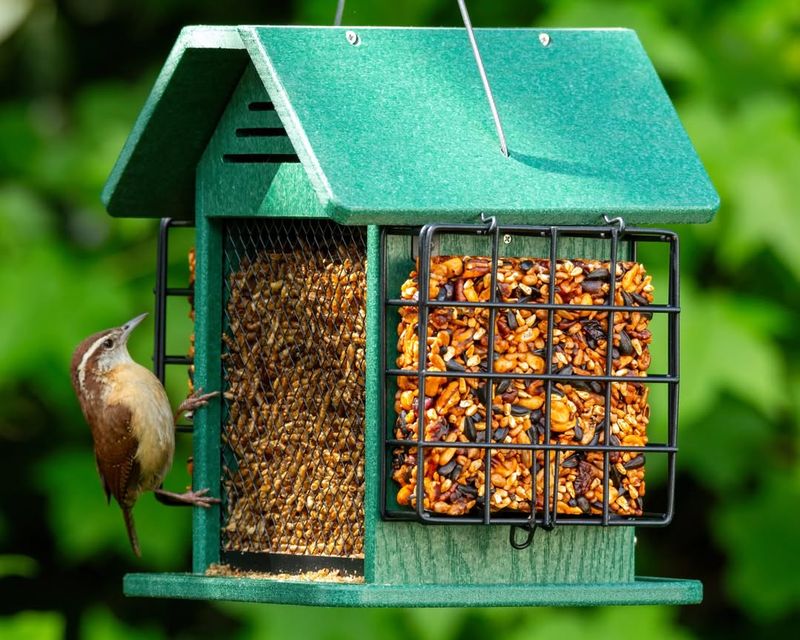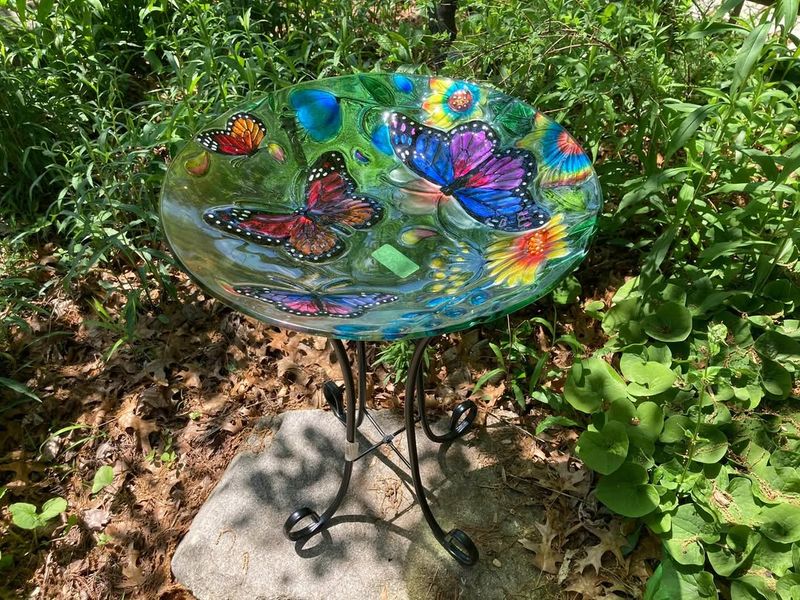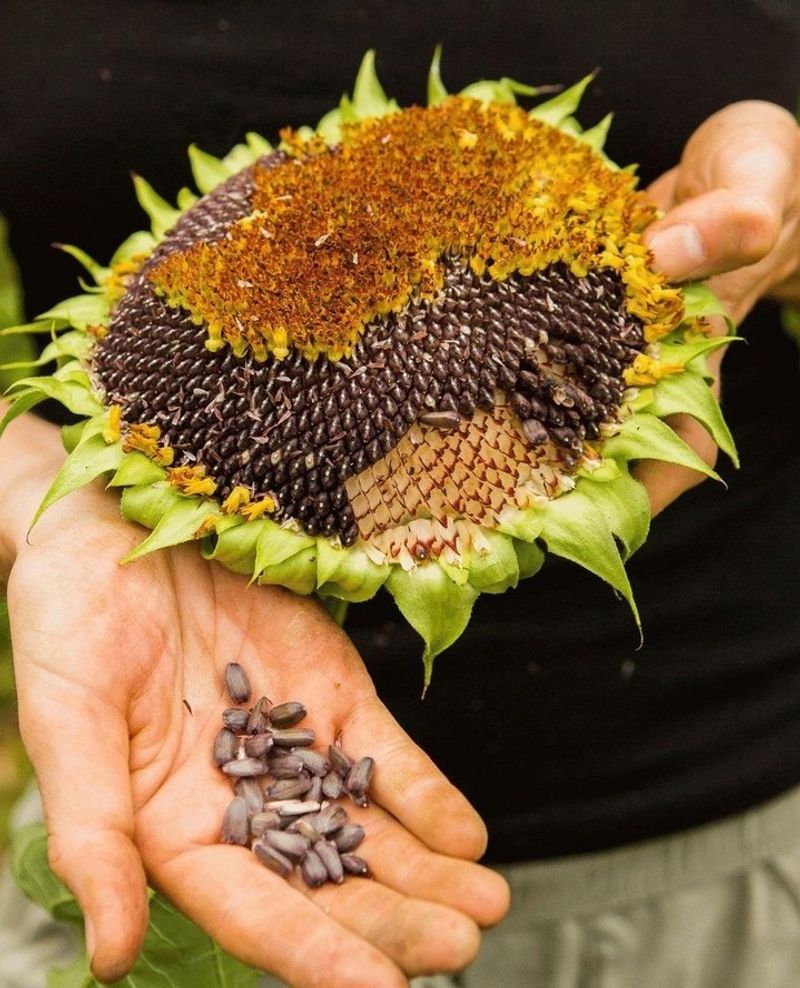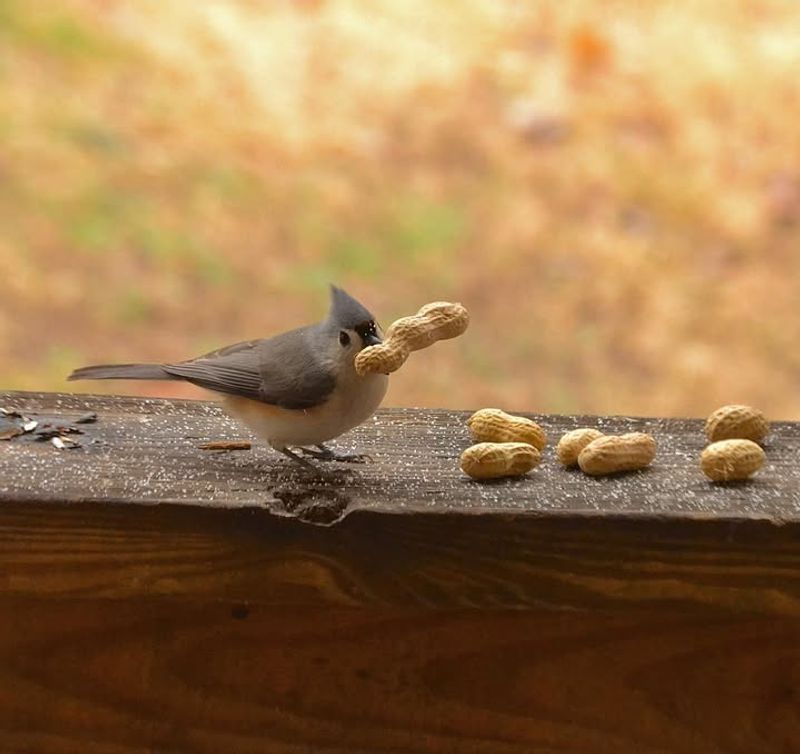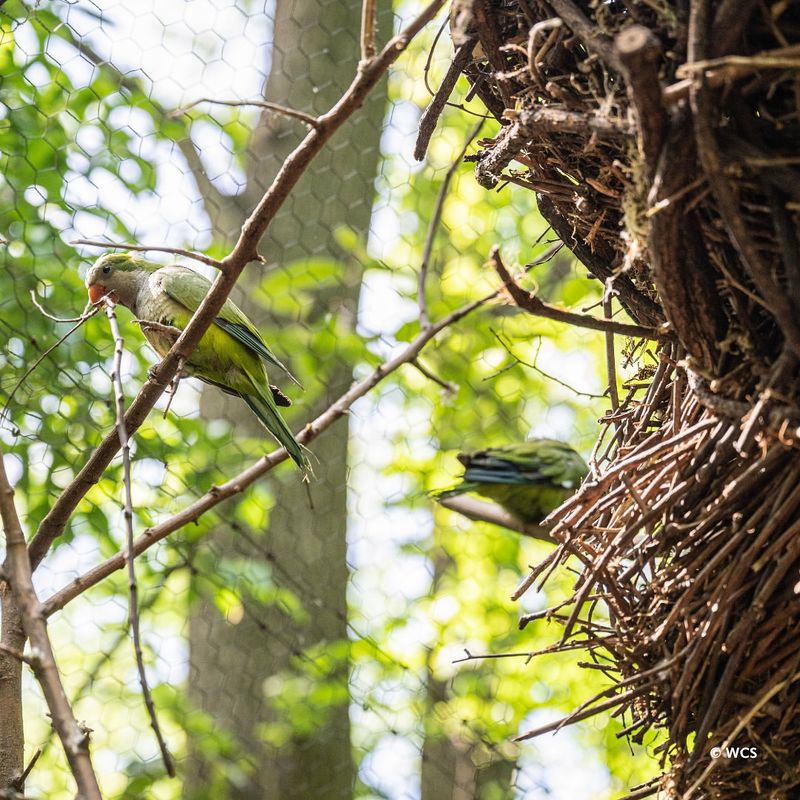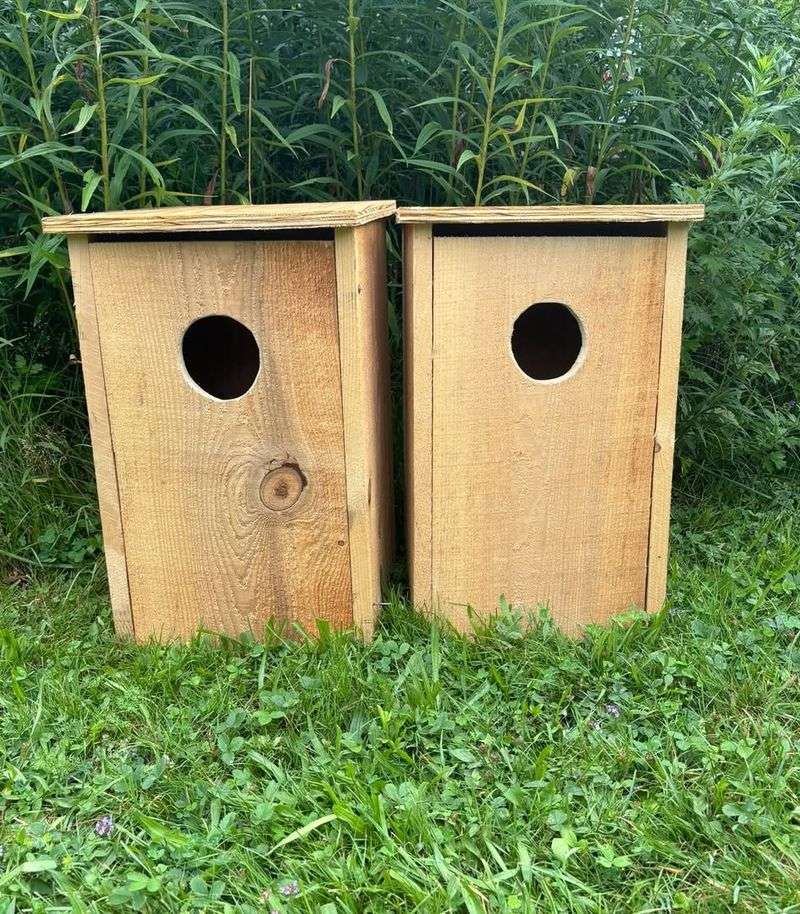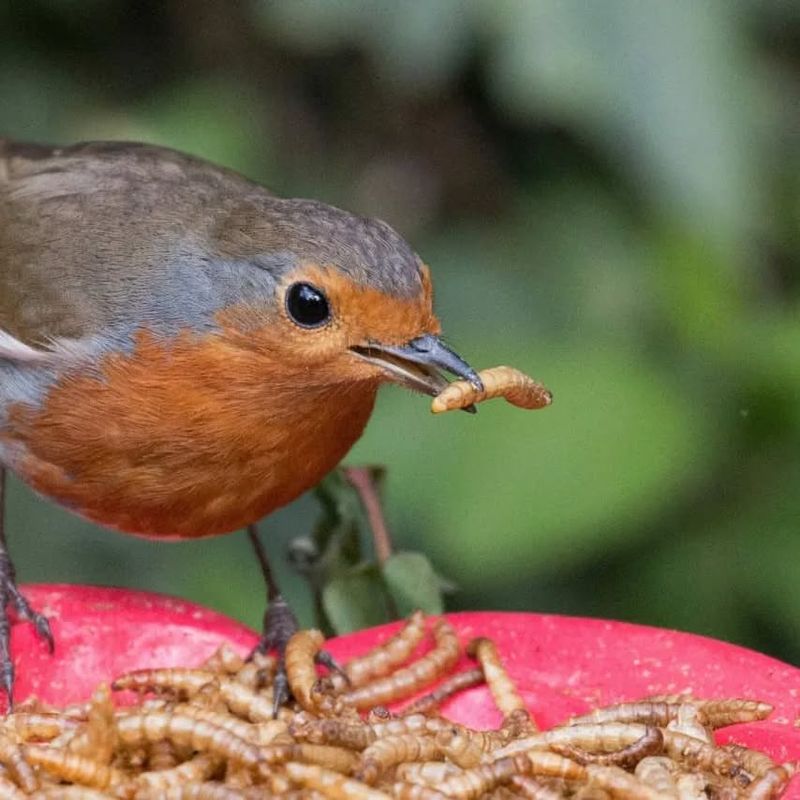Winter can be tough on North Carolina’s feathered friends, but a well-stocked garden can become the haven they flock to when the cold sets in.
A few simple additions can turn your yard into a warm welcome, offering food, shelter, and safe spots to rest when resources grow scarce. With the right touches, your garden becomes more than a pretty space, it becomes a lifeline that helps local birds ride out the winter in comfort.
1. Native Berry-Producing Shrubs
Planting native shrubs like holly, winterberry, and beautyberry gives birds a natural buffet throughout the colder months. Birds recognize these plants instinctively and rely on their nutritious berries when insects disappear.
Hollies stay green all winter, providing both food and shelter in one package. Winterberry drops its leaves but keeps bright red berries that robins and cedar waxwings adore.
Beautyberry offers striking purple clusters that last well into December if you’re in North Carolina, attracting mockingbirds and bluebirds to your garden regularly.
2. Suet Feeders Packed With Energy
High-fat suet cakes provide crucial calories that help birds maintain body heat during freezing nights. Woodpeckers, nuthatches, and chickadees flock to suet feeders because these energy-dense treats fuel their active lifestyles.
Hang your suet feeder in a shaded spot to prevent melting on warmer winter days. If you’re in North Carolina, choose cages with tail props to accommodate larger birds like flickers.
Homemade suet mixed with peanuts, seeds, and dried fruit works wonderfully and costs less than store-bought versions while attracting diverse species.
3. Fresh Water Sources
Finding unfrozen water becomes a serious challenge for birds when ponds and puddles turn to ice. A heated birdbath or simple water heater keeps liquid water available even on the coldest mornings.
Birds need water for drinking and maintaining their feathers, which provide essential insulation against winter weather. Clean feathers trap air better and keep birds warmer overnight.
Position your water source near shrubs where birds can quickly retreat if predators appear, creating a safe drinking station they’ll visit daily.
4. Black Oil Sunflower Seeds
Nearly every seed-eating bird in North Carolina loves black oil sunflower seeds because they’re packed with fat and protein. Their thin shells make them easier to crack than striped varieties, saving birds precious energy.
Cardinals, finches, titmice, and blue jays will become regular visitors once you stock this universal favorite. Fill tube feeders, hopper feeders, or platform feeders with these versatile seeds.
Buy in bulk during fall to save money, storing seeds in sealed containers to keep them fresh and pest-free throughout winter.
5. Evergreen Trees And Shrubs
Dense evergreens like Eastern red cedar, Southern magnolia, and Leyland cypress create windbreaks that shield birds from harsh weather. Small birds huddle together in these protective spaces during storms and cold nights.
The thick foliage blocks wind and traps heat, forming cozy microhabitats where temperatures stay several degrees warmer. All over North Carolina juncos, sparrows, and wrens seek refuge in these natural shelters.
Plant evergreens on the north side of your property to maximize wind protection while adding year-round greenery and privacy to your landscape.
6. Leave Seed Heads Standing
Resisting the urge to cut back your garden in fall provides natural foraging opportunities that birds genuinely appreciate. Coneflowers, black-eyed Susans, and sunflowers produce seed heads that finches, sparrows, and towhees harvest throughout winter.
These standing plants also harbor overwintering insects that insect-eating birds discover on warmer days. The dried stalks add architectural interest to winter gardens while serving wildlife in North Carolina.
Wait until early spring to tidy up, giving birds maximum access to these free food sources during the leanest months.
7. Peanuts In The Shell
Blue jays go absolutely crazy for peanuts in the shell, and watching them work to extract the nuts provides endless entertainment. These protein-rich legumes help birds build muscle and maintain energy reserves.
Tufted titmice, Carolina chickadees, and even red-bellied woodpeckers will visit peanut feeders regularly. Use mesh feeders designed specifically for whole peanuts to prevent waste.
Buy unsalted, raw peanuts meant for wildlife rather than roasted snack varieties, which contain oils and seasonings that aren’t healthy for birds to consume.
8. Brush Piles For Cover
Stack pruned branches, twigs, and small logs in a corner of your yard to create instant habitat that ground-feeding birds adore. Sparrows, juncos, and towhees dart into these tangles when hawks fly overhead.
Brush piles also shelter beneficial insects and small mammals, adding biodiversity to your property. Layer larger branches on the bottom with finer twigs on top for varied hiding spaces.
Position your brush pile near feeders so birds have quick escape routes, and add fresh material annually as older wood decomposes naturally.
9. Nyjer Seed For Finches
American goldfinches, pine siskins, and house finches can’t resist the tiny black nyjer seeds that pack serious nutritional punch. Special tube feeders with small ports prevent waste while accommodating these delicate birds.
Goldfinches wear duller plumage in winter but remain active and social at feeding stations. Their cheerful chatter brightens even the grayest January mornings.
Store nyjer seed properly since it spoils faster than sunflower seeds, and clean feeders monthly to prevent mold that could sicken your feathered visitors significantly.
10. Cavity Nesting Boxes
Bluebirds, chickadees, and titmice use nesting boxes as overnight roosts during winter, huddling together to conserve body heat. Multiple birds may pack into a single box on especially cold nights during winter in North Carolina.
Mount boxes in fall so birds discover them before temperatures plummet. Face entrances away from prevailing winds to reduce drafts inside.
Clean out old nesting material in late autumn to make room for winter roosting, and drill small ventilation holes near the top to prevent dangerous moisture buildup inside.
11. Mealworms For Insect-Eaters
Bluebirds, wrens, and Carolina chickadees need protein even when live insects become scarce during cold snaps. Offering dried or live mealworms supplements their diet perfectly.
Serve mealworms in shallow dishes on platform feeders or specialized mealworm feeders with protective cages. Start with small quantities to gauge interest before buying in bulk.
Rehydrate dried mealworms briefly in warm water to make them more appealing and easier to digest, especially during freezing weather when birds need maximum nutrition efficiently.



